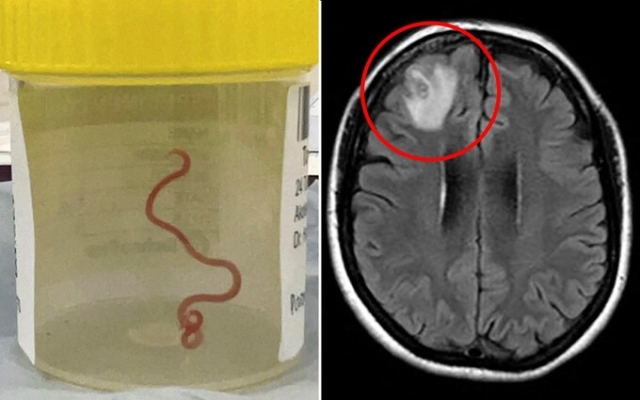 The 3-inch worm (left) looked like a «string structure»; brain scan, right
The 3-inch worm (left) looked like a «string structure»; brain scan, right
Australian doctors say they first removed a «living and writhing» parasitic roundworm, commonly found in snakes, from a woman's brain in a painful medical operation.
Doctors performed an MRI. A scan of a 64-year-old Australian woman after she began having memory lapses revealed an «atypical lesion» in the front of her brain.
It was an eight-centimeter (three-inch) roundworm called Ophidascaris robertsi, which researchers say is a common parasite in kangaroos and carpet pythons, but not in humans.
Hari Priya Bandi biopsied through a hole in the skull of a 64-year-old patient at a Canberra hospital. last year when she used tongs to pull out a parasite.
“I just thought, 'What is this? It doesn't make any sense. But he is alive and moving,” Dr. Bundy was quoted by The Canberra Times on Tuesday.
“He continues to move with energy. We all got a little sick,” Dr. Bundy added of her operating team.
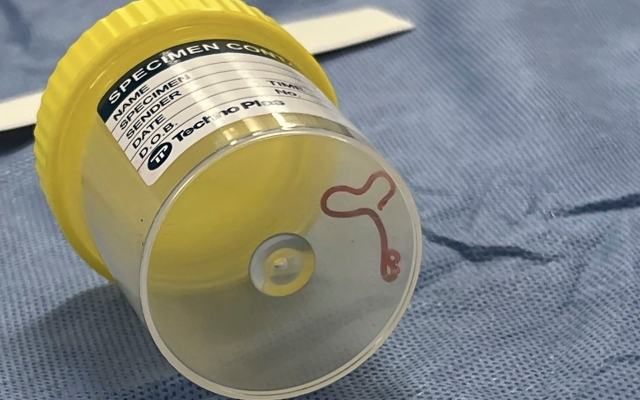 The roundworm was 8 cm long
The roundworm was 8 cm long
Dr. Sanjaya Senanayake, an infectious disease expert, said he was on duty at the hospital last June when the worm was discovered.
“They called me and said, 'We have a patient with an infection problem. We have just removed a live worm from this patient's brain,” said Dr. Senanayake.
A woman was admitted to hospital after experiencing forgetfulness and worsening depression for three months.
A year earlier, she had been admitted to a local hospital in southeast New South Wales with symptoms including abdominal pain, diarrhea, dry cough and night sweats.
Dr. Senanayake said it was expected that a brain biopsy would help identify cancer or an abscess.
“This patient was being treated… for a mysterious disease that we thought was ultimately an immunological disease because we couldn’t detect the parasite before, and then out of nowhere this big lump appeared in the forehead. her brain,” Dr. Senanayake said.
“Suddenly, with her tongs (Bundy), she picks up this writhing thing. She and everyone in the operating room were just stunned,” added Dr. Senanayake.
Dr. Bundy said that after the worm was removed, her patient regained consciousness without any negative consequences.
«She was so grateful to have received an answer to something that had been troubling her for so long,» she said.
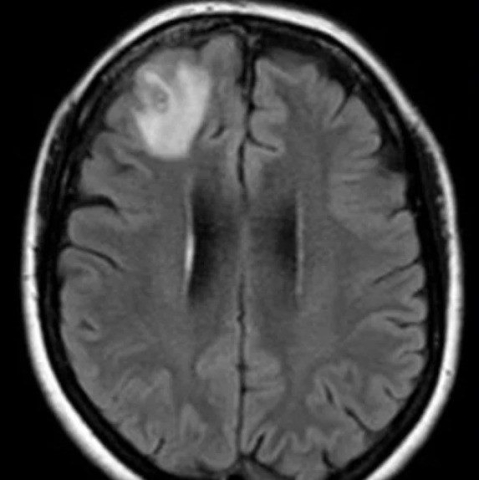 Doctors noticed an «atypical lesion»; in the anterior part of a woman's brain during an MRI
Doctors noticed an «atypical lesion»; in the anterior part of a woman's brain during an MRI
The patient was sent home shortly after surgery with antiparasitic drugs and has not returned to the hospital since, said Dr. Senanayake.
«She's fine, but obviously, since this is a new infection, we're monitoring her closely,» he told the Ten Network.
«This is the first human case of ophidascaris in history. described in the world.»
Infected with larvae of parasites.
Researchers believe that the woman became infected after she collected edible shrubs near her house, which were probably infected with larvae of parasites excreted in snake feces.
The parasite, which looked like a «string structure» on brain scans, was then identified using DNA analysis.
«It is never easy or desirable to be the first patient in the world for any reason, said Dr. Senanayake.
«I cannot express our admiration for this woman who has shown patience and courage in this process.»
Dr. Senanayake said that Ophidascaris roundworms are known. infect animals in other parts of the world, and «more cases are likely to be identified in the coming years.»
The results were published in the journal Emerging Infectioushoods.







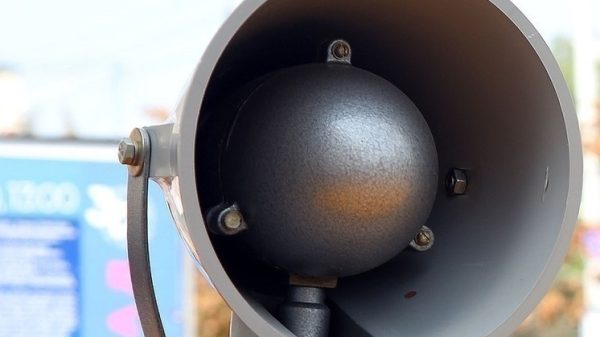




















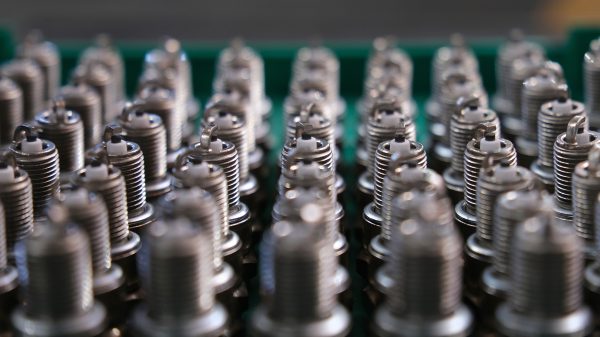
























Свежие комментарии